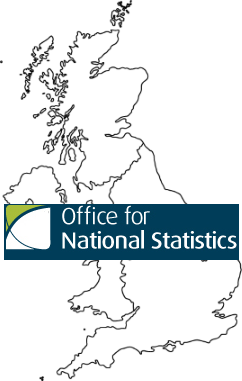Latest migration statistics quarterly report shows net migration broadly stable after 2015 & 16 peak
The Office for National Statistics (ONS) today released its delayed migration statistics quarterly report for the year ending December 2017.
You can read the report here.
 Originally scheduled for release in May, the ONS then changed the way it calculates migration statistics by including new data sources rather than relying wholly on the International Passenger Survey (IPS), as it had previously. The new data sources include Home Office administrative data and information on students from the Higher Education Statistical Agency. You can read more about the new sources used here.
Originally scheduled for release in May, the ONS then changed the way it calculates migration statistics by including new data sources rather than relying wholly on the International Passenger Survey (IPS), as it had previously. The new data sources include Home Office administrative data and information on students from the Higher Education Statistical Agency. You can read more about the new sources used here.
The main points from today's migration statistics quarterly report are as follows:
• The ONS's best assesment is that net migration to the UK for the year ending December 2017 was +282,000.
• Net migration has fallen following record levels in 2015 and early 2016, and has been broadly stable since. This is similar to the level recorded in year ending September 2014. Underlying this, immigration has remained broadly stable at around 630,000 and emigration has shown a gradual increase since 2015 and is currently around 350,000.
• The ONS assesses that net migration has been broadly stable over the last year. Although the Long-Term International Migration (LTIM) estimates show an increase in net migration over the latest year, this is due to an unusual pattern in the estimates for student immigration in 2016.
• The number of non-EU citizens coming to the UK to study has remained relatively stable over the past few years based on an assessment of the IPS, Home Office data on long-term study visas and Higher Education Statistics Agency data together.
• EU net migration continues to add to the UK population with around 100,000 more EU citizens coming to the UK than leaving. The estimated number of EU citizens coming to the UK "looking for work" continued to decrease over the last year and the number coming to the UK for a definite job has remained stable.
• Since 2014, non-EU IPS estimates and Home Office data on long-term work visas show those coming to the UK to work have remained relatively stable, with increases for those on skilled work visas.
BBC News highlighted that the ONS figures show that migration from the EU to the UK is at its lowest for four years, and a record 139,000 EU citizens emigrated from the UK last year.